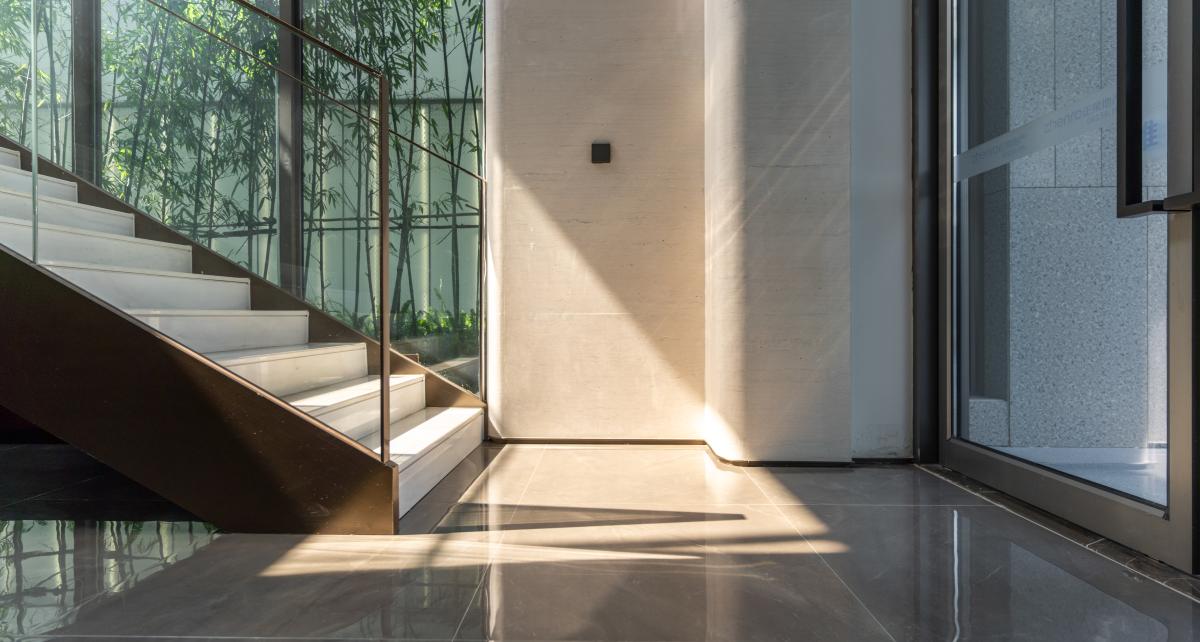
Dilapidations - a Landlord’s Perspective
Dilapidations, in a legal context, is the technical term which refers to the condition of premises held under a lease and comes from the Latin, 'lapides' which means scattering of stones. The question that usually arises when asked to advise on dilapidations is whether particular premises are out of repair having regard to the terms of a lease and the physical condition of the premises to which that lease relates and therefore whether obligations in the lease have been breached.
These obligations are not necessarily only obligations on the tenant, as a landlord can be in breach of obligations with regards to maintenance of the structure, plant and machinery, common parts, external areas or indeed the interior of the demise itself.
Dilapidations Claims
A dilapidations claim can therefore only be made once there has been a breach, whether by a landlord or a tenant and a claim is not necessarily limited therefore to the expiry of the term. Dilapidations claims can be complex and are often regarded as a minefield but have become an increasingly important and frequently occurring subject, not least because of the growth in the number of short to medium term leases resulting in more leases coming up for expiry. Longer leases may still be preferred by landlords, particularly in Guernsey, and leases with terms of fifteen or more years can result in substantial dilapidations liabilities, which in some cases can equate to sums equivalent to two or more years annual rent.
Tenants can often be more concerned with the headline annual liabilities such as rent and service charge and fail to give enough consideration to repair strategies and financial planning which can result in a hefty dilapidations claim from the landlord. Such a claim may have serious financial implications and come as a bit of a shock to the tenant.
A landlord may not always look for a financial settlement and may prefer the tenant to keep the premises repaired and decorated throughout the term instead in order to maintain standards throughout a building or across a scheme. Where the lease is coming to an end, a landlord may consider there is no point in the tenant carrying out the works, if to successfully market the demise it will have to exceed the standard required under the tenant’s lease. Whatever the objective, it is important for both landlords and tenants to adopt a forward thinking approach to dilapidations and to discuss strategy with their advisers in good time, prior to the end of the term.
When advising on any particular dilapidations claim the contractual obligations of the parties are of key importance and attention focuses on the wording in the lease and the repairing covenant in particular. The strength of a claim will depend on an objective interpretation of those obligations and therefore the wording used in the lease, the particular circumstances with regard to the lease as a whole and the nature of the premises themselves will be all important.
Examples of words commonly found in repairing covenants are "good tenantable repair" or, "to keep the premises in repair". The former have been held to mean such repair as necessary having regard to the age, character and locality of the premises whereas the latter have been held to mean that the tenant is required to put the premises in repair even though they are out of repair at the time the lease is granted.
Generally, modernisation of the demise, unless an incident of repair which can only be carried out by replacement of the item with a modern equivalent, is not an obligation under a repairing covenant. This is usually most apparent in the context of plant and machinery and unless it is actually in disrepair or in breach of statutory regulations, an attempt to include it as an item of repair in a schedule of dilapidations will not be well founded.
Careful consideration therefore needs to be given to the wording used in heads of terms and the repairing covenant as every word in the covenant matters. No repairing covenant can be drafted to cover every eventuality of course and most disputes over the scope of repairing covenants will depend on the particular defect in issue. The emphasis is on what is reasonable, assessed objectively by reference to the age and character of the premises at the date of the lease. Other clauses that can be determinative on a dilapidations claim are the yielding up provisions, which should be clear and operate as sweep-up clauses not introducing alternative standards or obligations and the definition of the premises itself, which defines the material scope of the repairing and yielding up provisions.
As well as an increasing number of claims also of note is the polarisation of positions towards the end of the term. This is perhaps reflective of the current economic climate, a difficulty in finding new tenants and the cost of providing incentives, such as long rent-free periods. The landlord is under no general obligation to work with the tenant so that it can meet the requisite standard of repair and decorations and will generally rely on its contractual right to make a claim for dilapidations where, in its opinion, the tenant is in breach of covenant. As such, we increasingly advise tenants to be proactive, to instruct advisers early and to invite landlords to comment on proposed works, even where they are unresponsive.
Often tenants will seek to limit their repairing liability by utilising a schedule of condition at the commencement of the term to evidence the state of repair the tenant is obliged to yield the premises up in at the end of the term. The quality or otherwise of a schedule of condition will be an important factor, as will the comprehensiveness, or otherwise, of the information recorded in evidencing the state of repair. The landlord should be mindful to ensure that a schedule is prepared thoroughly in order to save costly and needless disputes at a future date. In the case of a lease of an internal area, it can be very important to record exactly what condition the premises are in at the commencement of the term. With a full repairing and insuring lease the landlord should also consider carrying out its own independent survey to counteract any prejudicial findings in a tenant’s survey, which the prudent tenant may only seek to rely upon at the end of the term.
There are some notable differences which are potentially beneficial to the landlord to the position under English dilapidations law. Under English law Section 18(1) of the Landlord and Tenant Act 1927 acts to limit the amount of damages the landlord can claim to the decrease in the value of the landlord’s reversion. The key difference in Guernsey is that there is no statutory protection or other statutory limits to any diminution in value on what a landlord can claim.
The section was passed to deal with the perceived unfairness of 19th century cases such as Joyner v Weeks and, should the matter fall to be determined in a Guernsey Court, the principles of Section 18(1) may well be consulted as an aid to developing Guernsey customary law in this area and applying the same solution to deal with the issue. The issue remains undecided however and the starting point is that the principles of the section do not apply in Guernsey.
In Guernsey, the only relevant case is that of Bilton Guernsey Ltd v. Allied Maples Properties Ltd (1994) and in that case the Deputy Bailiff avoided the issue, the landlord having fatally prejudiced his claim by not having pursued his remedies promptly and having re-developed the premises before putting his claim before the Court. If any clear principles can be derived from the judgment it is that the landlord is entitled to the performance of the covenants owed to him, that his loss is the cost of actually, not hypothetically, remedying the breaches and that if the landlord has elected not to carry out the works, but carry out other works of re-development, he has not suffered any loss, as the subject matter of the loss no longer existed.
Having a clear understanding of what standard of repair is required by the repairing covenant, a strategy for managing that standard throughout the term and adopting a forward thinking approach to dilapidations by discussing strategy with advisers in good time prior to the end of the term, is therefore a key concern for tenants and landlords alike.



